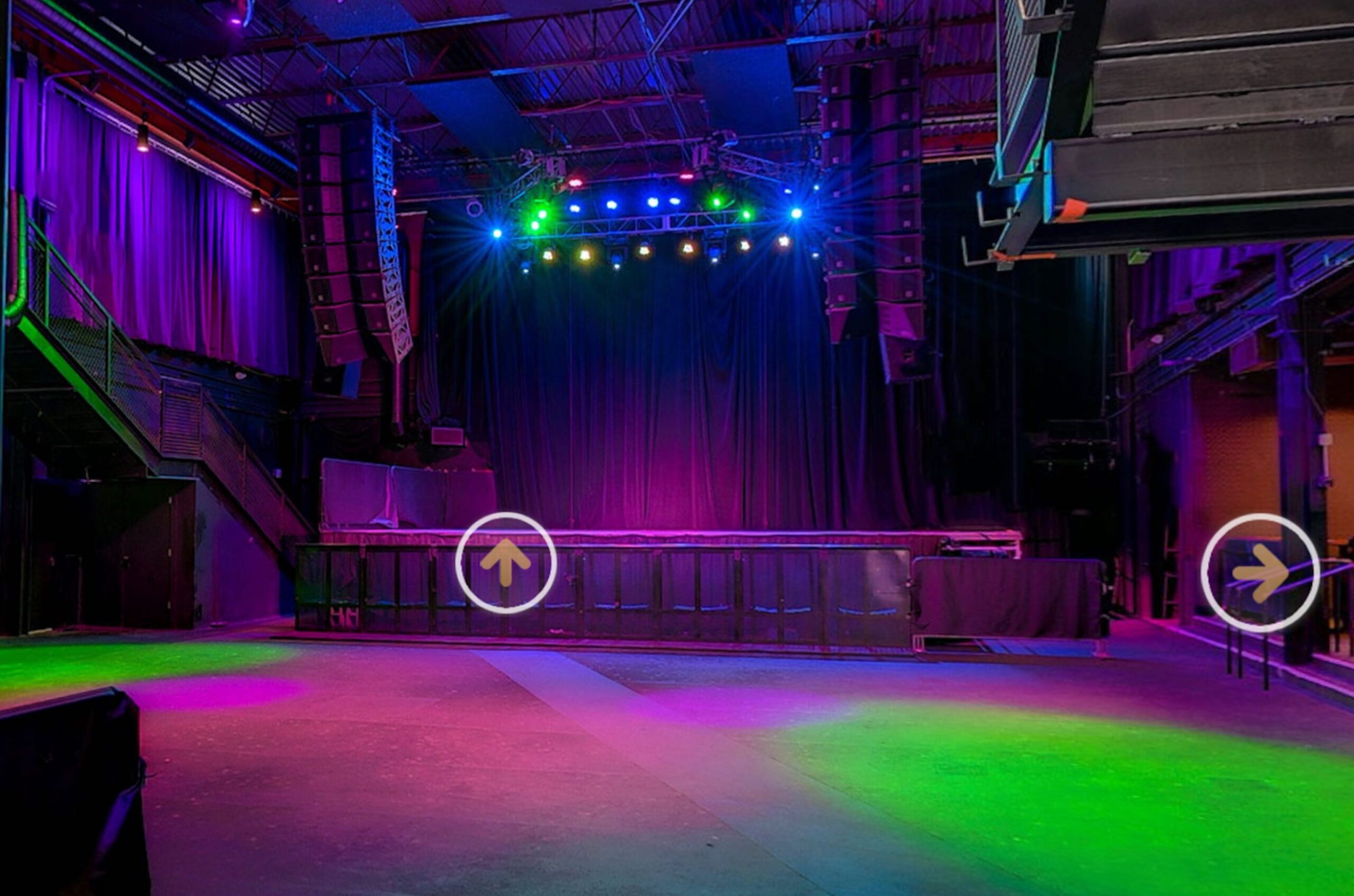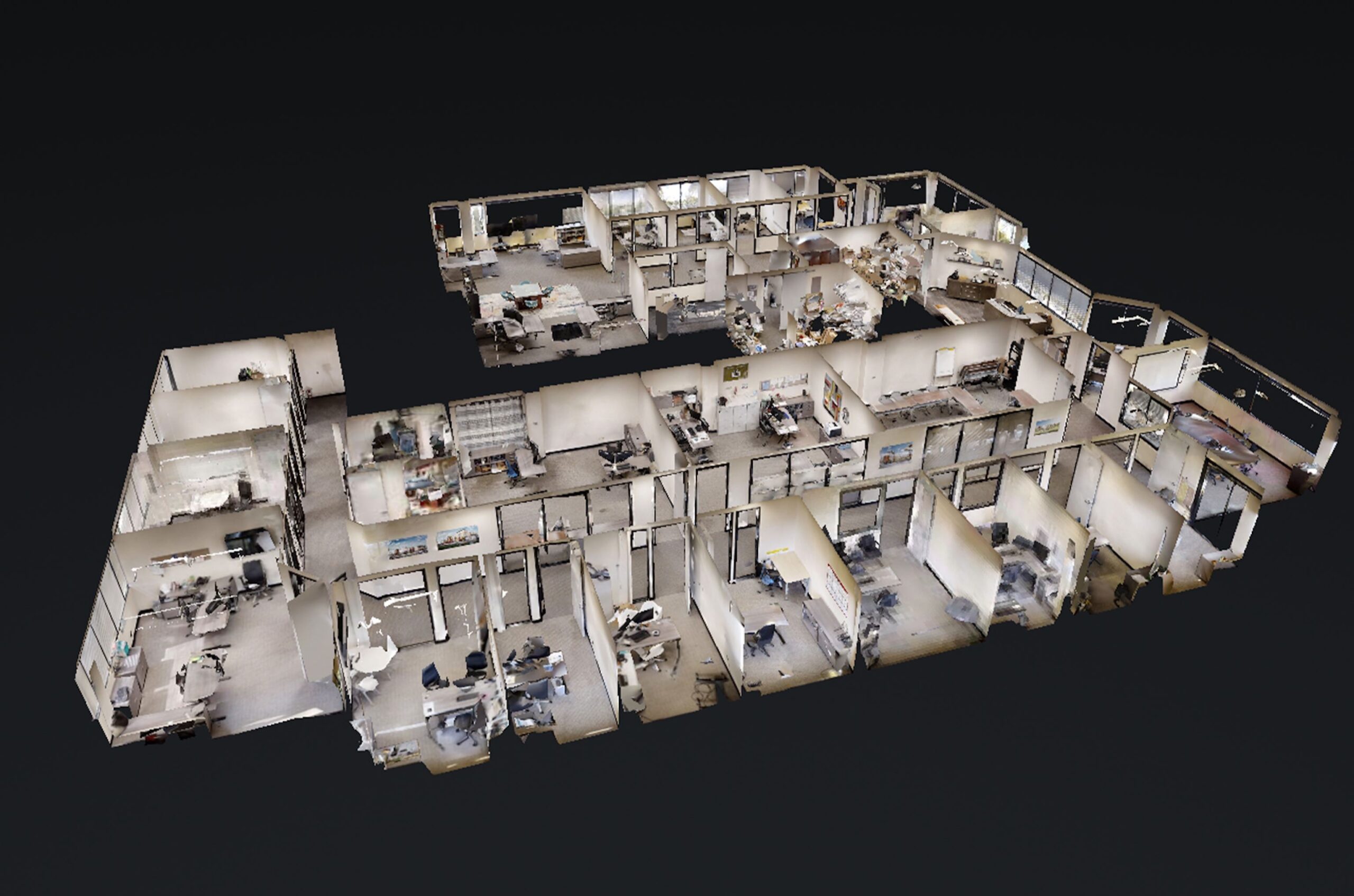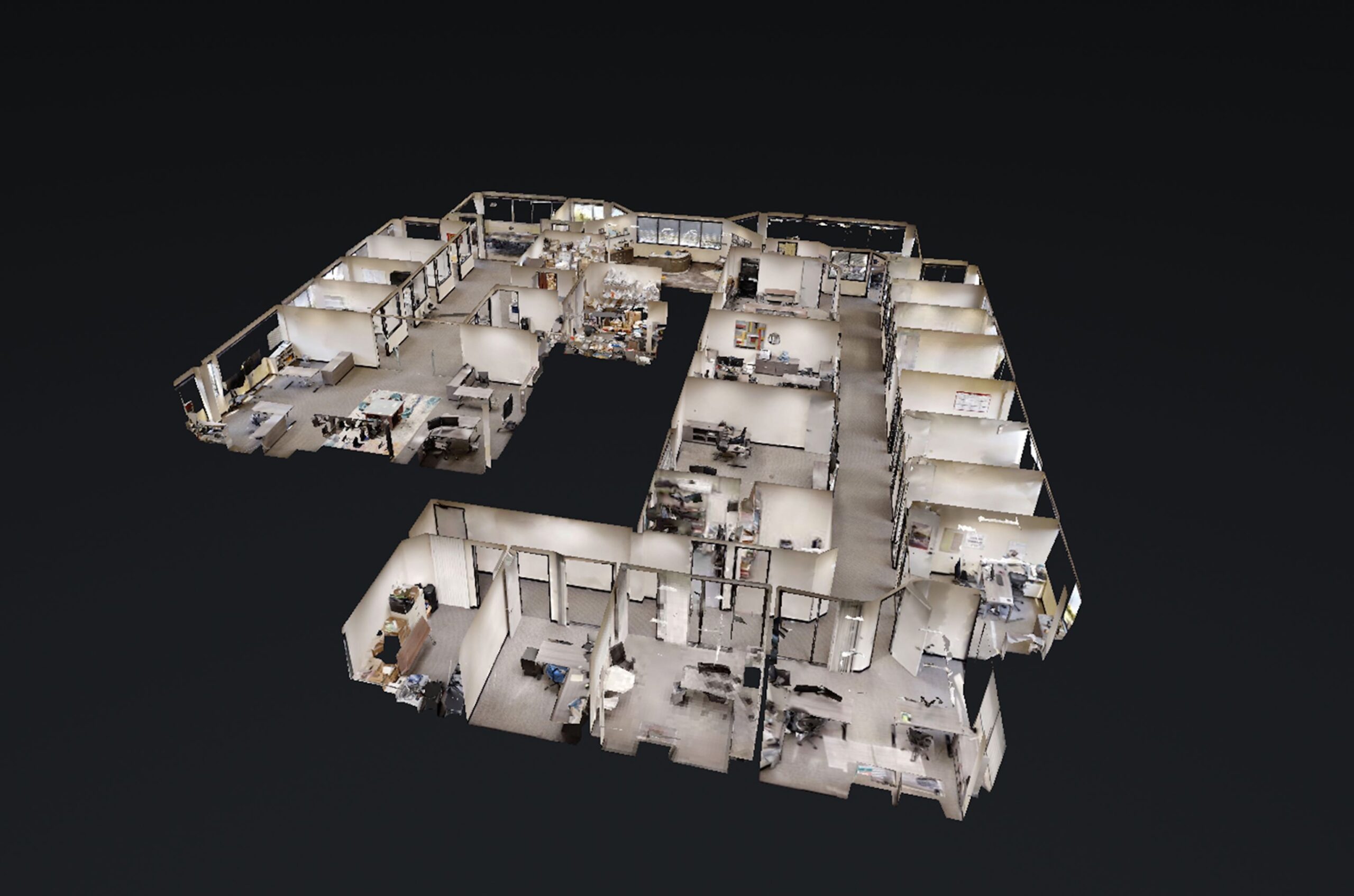The real estate landscape is witnessing an unprecedented digital transformation, with 360 virtual tours at the forefront of this change, particularly for investors and developers. This innovative tool goes beyond traditional marketing strategies, offering a comprehensive and immersive viewing experience that can significantly impact investment decisions.
By integrating 360 virtual tours, real estate professionals can showcase properties in unparalleled detail, providing a competitive edge in the fast-paced market. This blog will explore fresh insights and strategies for using 360 virtual tours to attract and engage investors and developers, unveiling the potential of virtual reality in revolutionizing real estate presentations.
Body: 1. Crafting Tailored Investment Narratives One of the key advantages of 360 virtual tours is the ability to create customized narratives tailored to the interests and priorities of investors and developers. By highlighting specific features of a property, such as potential for renovation, unique architectural elements, or development opportunities, virtual tours can be designed to align with the strategic goals of investors. This targeted approach ensures that every tour is not just a showcase, but a compelling story that speaks directly to the investment potential of the property.
2. Integrating Data and Analytics Enhancing 360 virtual tours with integrated data points and analytics can provide investors and developers with a deeper understanding of the property’s value. Embedding information such as neighborhood demographics, comparative market analysis, and projected ROI directly into the virtual tour allows for a more informed viewing experience. This integration of data transforms the virtual tour into a powerful analytical tool, enabling investors to make decisions based on comprehensive insights.
3. Virtual Tours for Off-Plan Properties For properties still in the development or planning stages, 360 virtual tours offer a unique opportunity to showcase potential. Using architectural renderings and virtual staging, developers can create immersive tours of off-plan properties, giving investors a tangible sense of the finished project. This not only helps in attracting investment but also in securing pre-sales and generating interest before physical construction begins.
4. Enhancing Collaboration and Feedback 360 virtual tours can facilitate collaboration between investors, developers, and other stakeholders by providing a shared, interactive platform for viewing and discussing properties. Features such as live guided tours, Q&A sessions, and feedback mechanisms can enhance communication and streamline the decision-making process. This collaborative approach ensures that all parties are aligned and can contribute to the development and investment strategy effectively.
5. Showcasing Sustainability and Innovation In an era where sustainability and innovation are increasingly important, 360 virtual tours can highlight eco-friendly features and innovative technologies within a property. Demonstrating how a development aligns with green building standards or incorporates smart technology can appeal to investors and developers looking for future-proof investments. This focus on sustainability and innovation not only showcases the property’s potential but also reflects a commitment to responsible development practices.
Conclusion: 360 virtual tours represent a paradigm shift in how properties are presented to investors and developers in the real estate sector. By offering an immersive, data-rich, and customizable viewing experience, these tours are not just marketing tools but strategic assets that can influence investment decisions. As we continue to navigate the digital transformation of the real estate industry, the innovative use of 360 virtual tours will undoubtedly play a crucial role in attracting investment and driving development projects forward.
For investors and developers seeking to capitalize on the opportunities of the digital age, embracing 360 virtual tours is a step toward realizing the full potential of their real estate ventures. This digital approach not only saves time and resources but also opens up new possibilities for showcasing and evaluating properties, setting the stage for a future where virtual presentations become a standard in real estate investment and development strategies.







